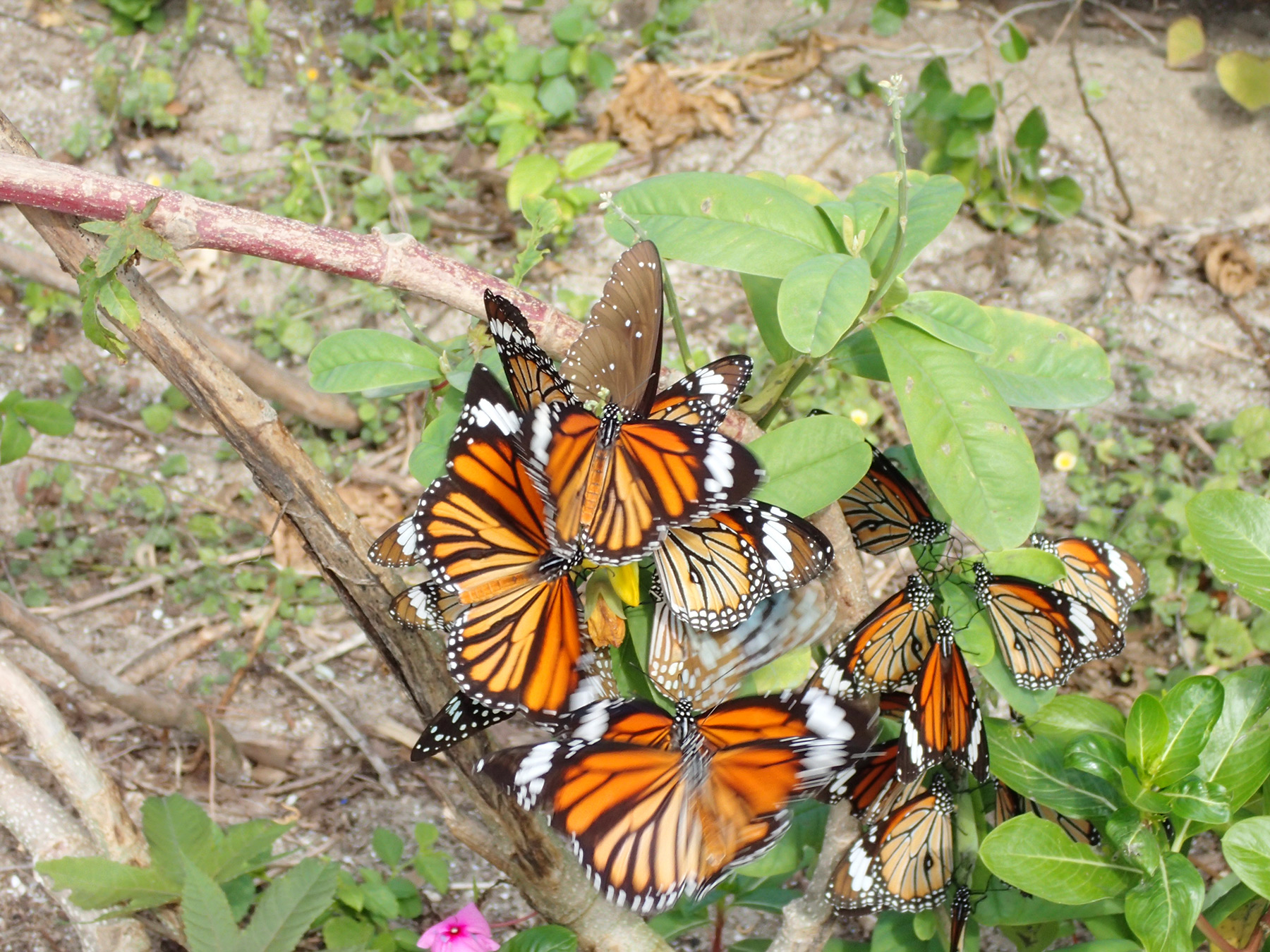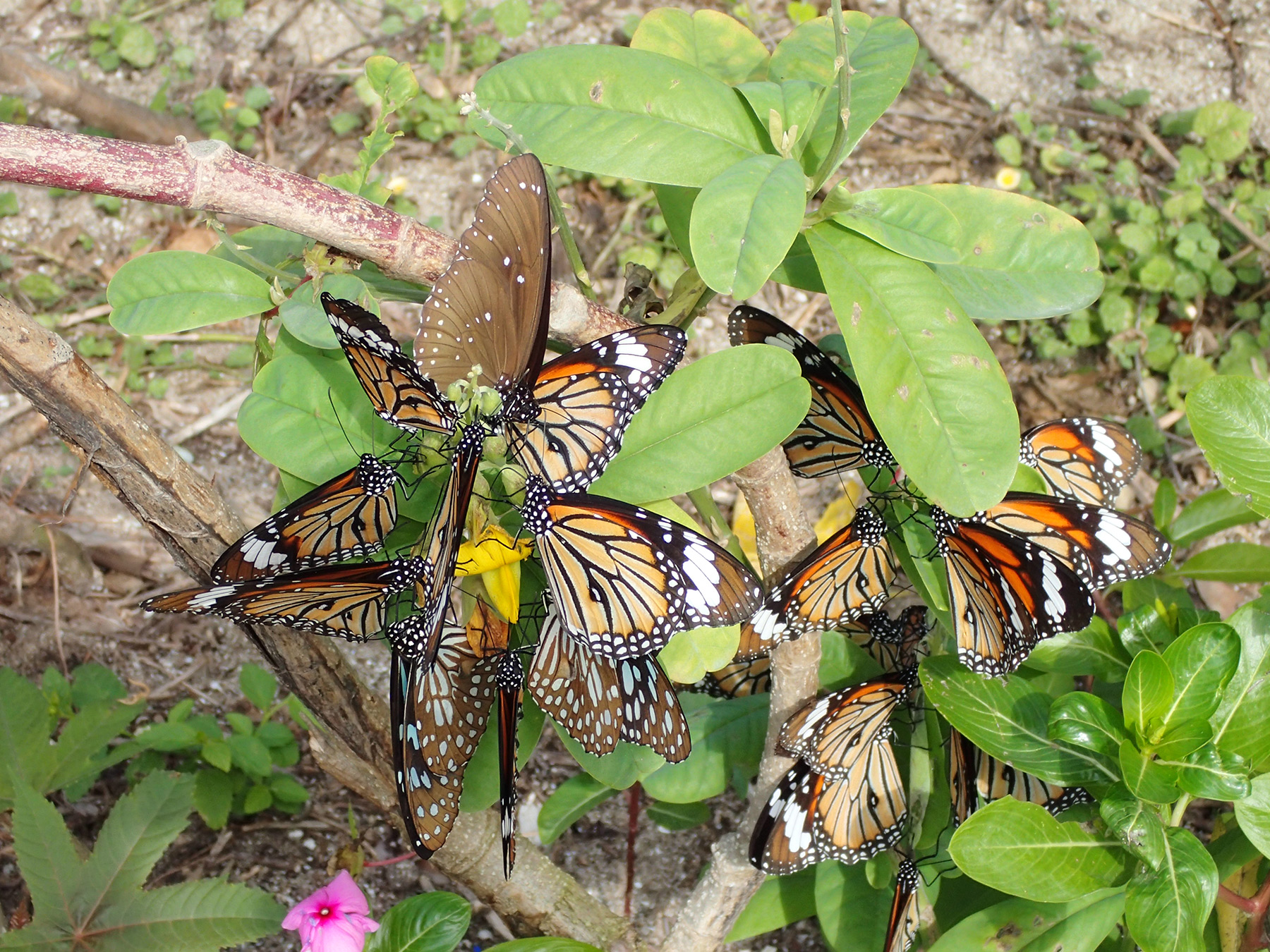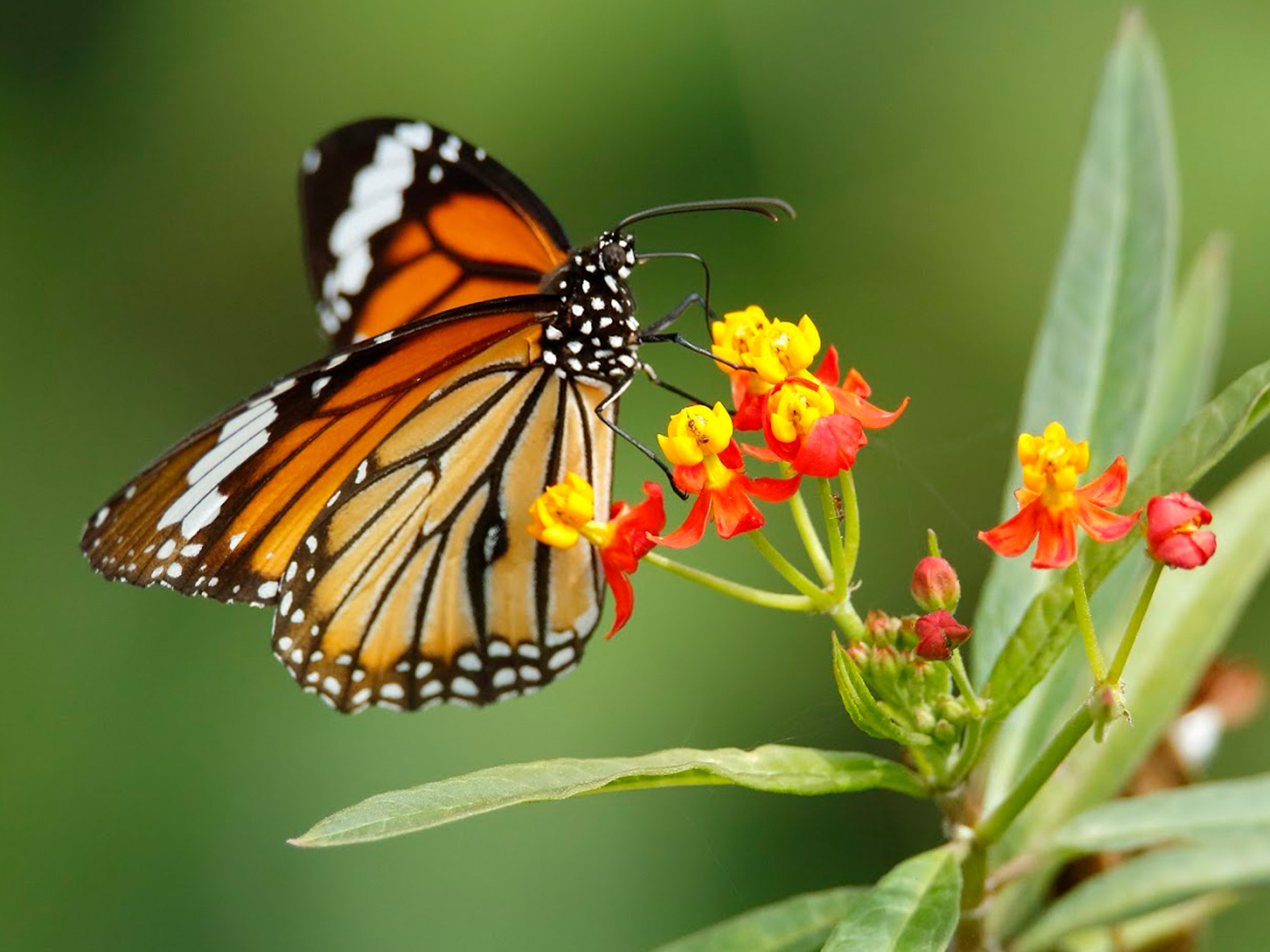It is hardly new that in this world human beings migrate. However, have you ever heard of migratory butterflies?
Before the story of migratory butterflies unfolds, we may need to talk about the temperature first. During cold spells, human beings always have their means to drive out the chill, for instance, turning on heaters, wearing down jackets, etc… How can seemingly vulnerable butterflies survive the harsh weather conditions amid bitter cold snaps?
Unlike mammals and birds, butterflies have to rely on external sources of heat to warm up their bodies, and chilly winters therefore pose a great challenge to them. Butterflies have undergone evolution to deal with the unfavourable conditions during winter for the sake of survival. Many species remain dormant in the forms of eggs, larvae, pupae or adult during winter, all subject to the species concerned. Given their dormant states, such species of butterflies are less likely spotted in winter.
Some other species of butterflies perform seasonal migration. Though tiny butterflies look fragile, they are extraordinarily strong flyers, capable of flying over long distances to warmer places to spend winter there. It is such a breathtaking and spectacular scene that migratory butterflies gather together in flocks during winter. At overwintering sites, adult butterflies stay close to each other at sheltered areas to keep warm for energy preservation. In warmer sunny days, they flutter their wings around to enjoy winter sunbaths! In some places of North America, tens of thousands of monarch butterflies gather together every year, making them become a key local tourist attraction.
During our ecological survey, over 200 danaid butterflies were found gathering in Pui O, most of which were Common Tigers (Danaus genutia), the butterfly species with black veins on their bright orange wings, resembling tiger stripes. Apart from Pui O, overwintering butterflies are also seen gathering in few other places in Hong Kong, such as Siu Lang Shui. The number of overwintering butterflies found in a particular place may vary every year and is hard to predict. There has been significant decline in the butterfly population in some places, and the reasons are unknown.
Many facets of the butterflies' gathering and dismissal mechanism remain a mystery. Such being the case, it is too early indeed to draw conclusion about the fluctuations in the butterfly population at overwintering sites. That said, we are certain that we have to conserve such overwintering sites to protect them from destruction and human disturbance. As our generation enjoys the privilege to witness such magnificent and mesmerising scenes in nature, we should step up our conservation effort to ensure the sustainability of the butterfly habitats for the benefit of posterity.


